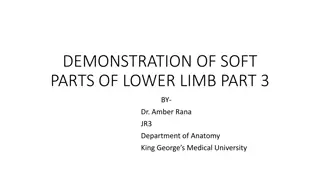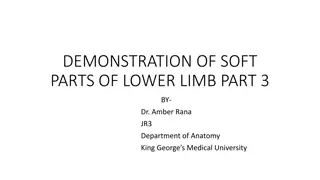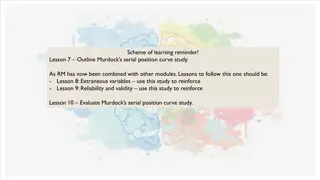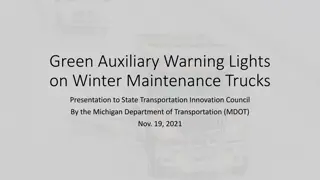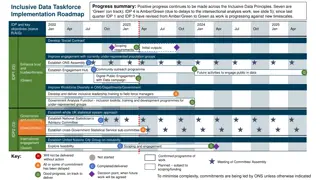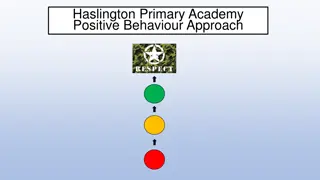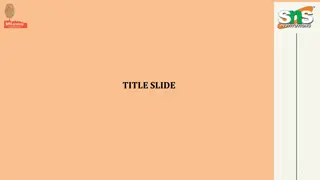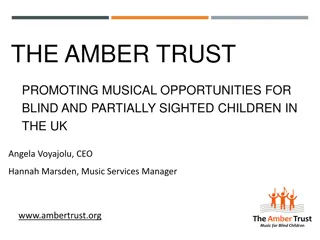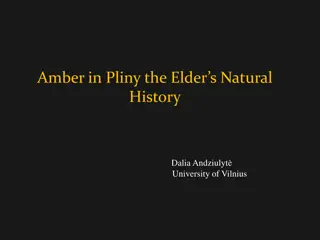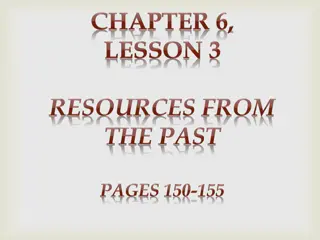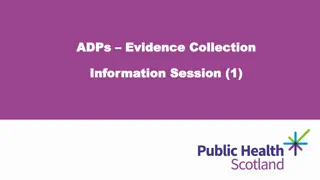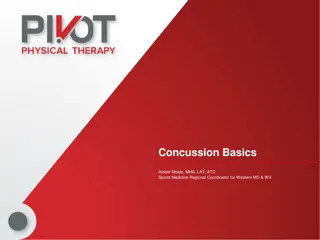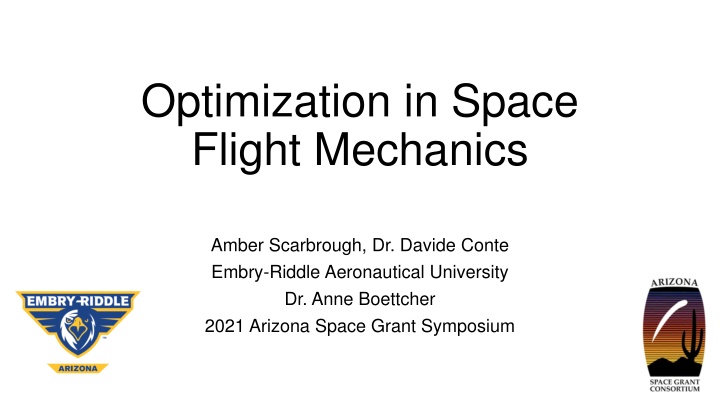
Optimization Strategies for Space Flight Mechanics
Explore the application of optimization techniques in space flight mechanics, focusing on the analysis of Martian moons Phobos and Deimos. Discover the use of swarm behavioral patterns and the Particle Swarm Optimization (PSO) algorithm to determine optimal solutions for orbital missions. Dive into results and potential future directions in space exploration.
Download Presentation

Please find below an Image/Link to download the presentation.
The content on the website is provided AS IS for your information and personal use only. It may not be sold, licensed, or shared on other websites without obtaining consent from the author. If you encounter any issues during the download, it is possible that the publisher has removed the file from their server.
You are allowed to download the files provided on this website for personal or commercial use, subject to the condition that they are used lawfully. All files are the property of their respective owners.
The content on the website is provided AS IS for your information and personal use only. It may not be sold, licensed, or shared on other websites without obtaining consent from the author.
E N D
Presentation Transcript
Optimization in Space Flight Mechanics Amber Scarbrough, Dr. Davide Conte Embry-Riddle Aeronautical University Dr. Anne Boettcher 2021 Arizona Space Grant Symposium
Problem Statement Source: https://inventionsky.com/mars-moons-phobos-and-deimos/
The Problem of Interest Source: http://www.earth-site.co.uk/Education/martian-moons/
Objectives Source: Source: Conte, D., Spencer, D., "Mission analysis for Earth to Mars-Phobos distant Retrograde Orbits", Acta Astronautica, 2018.
Methods - Optimization Based on the behavioral patterns of swarms of bees in a field trying to locate an area of the highest density of flowers.
Methods - PSO Source: Zemzami, M., "An Evolutionary Hybrid Algorithm for Complex Optimization Problems," 2019.
Results Global best solutions for the desired amplitude of the new orbit, ??.
Conclusion Further work can be applied to include the original transfer orbit using backwards time integration.



